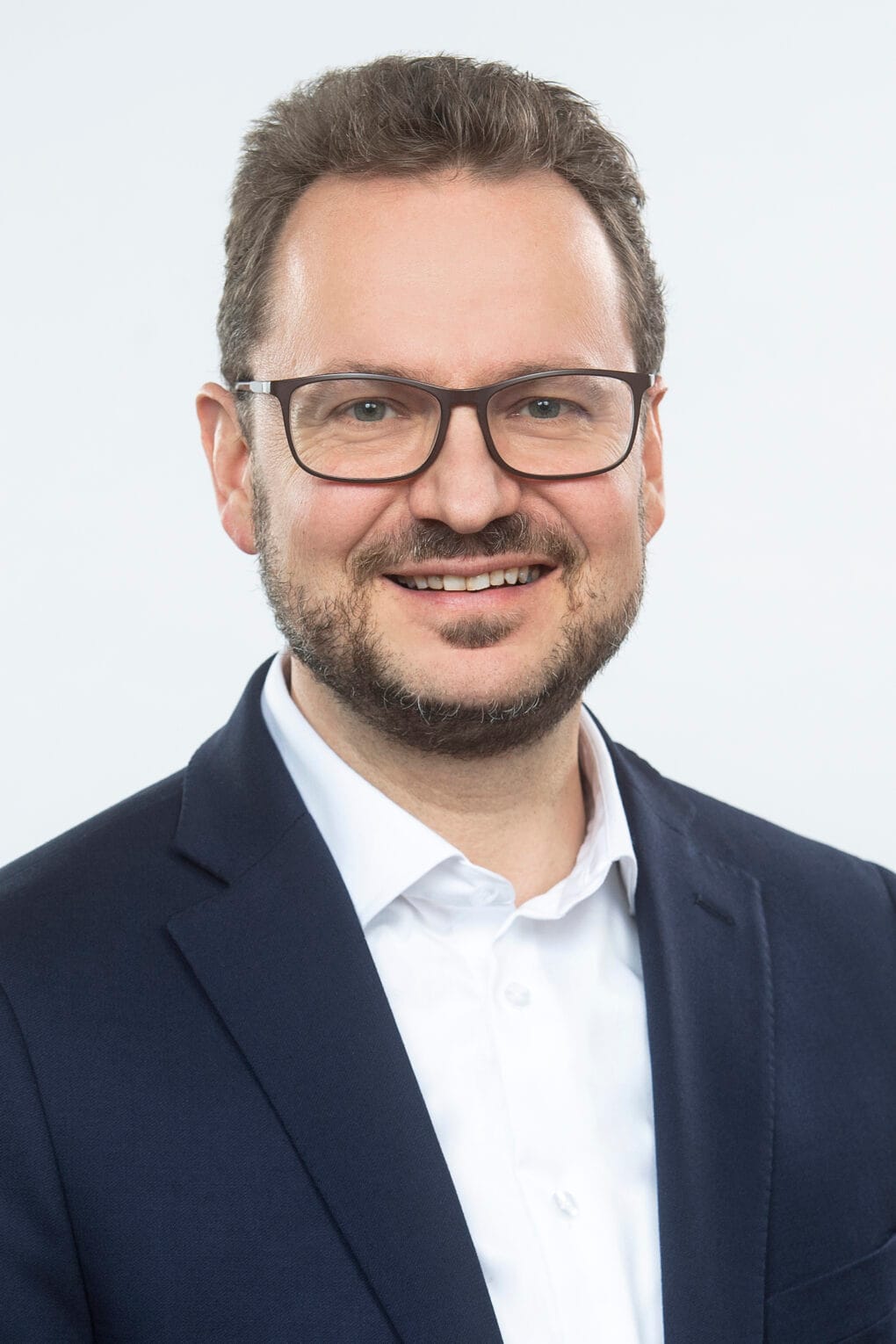The Majority Plan Savings in IT


Half of companies in German-speaking countries are planning slight budget increases - adjusted for inflation - of 1.5 to 3.6 percent per year over the next three years. However, as IT costs are rising in parallel, this also ultimately means savings. Instead of across-the-board budget cuts, there will be an overall shift from transformation budgets, which will fall by six percent across all companies, to operating budgets, which will increase by the same amount.
These are the results of the Horváth CIO Study 2025 - a survey of more than 350 CIOs and IT decision-makers from the DACH region in the second quarter of 2025. It shows a clear recipe: "IT budgets will be reduced and shifted. Artificial intelligence will be used to increase efficiency in IT, and a more decentralized IT organization with stricter governance will ensure speed and quality. This is how companies are defying budget cuts," says Jörg Thamm, head of the study and Associate Partner at Horváth.
Self-optimization of IT through AI
To cushion the pressure to save money, CIOs are focusing their measures on efficiency and self-optimization: process automation (43%), outsourcing (41%), personnel savings (35%), reduced services (33%) and purchasing optimization (32%) make up the current toolbox. Artificial intelligence is a particular lever: around half of the participating companies are planning IT knowledge bots and around 40% are planning AI-based code generation/optimization. In operations, AI solutions primarily support service desk processes, documentation and system monitoring.
"Until now, IT has concentrated on application areas in the specialist area with regard to AI. Now IT is applying the knowledge gained to increasing efficiency within IT," says Jörg Thamm. In the medium to long term, automation and AI will reduce the cost curve in IT. At the same time, the consistent modernization of the existing IT landscape (ERP, CRM, cloud use) is on the agenda in order to be able to quickly support new business initiatives.
"Despite budget cuts for the most part, IT staff will continue to be increased - albeit less than in the previous year," says Thamm. A reduction is planned by 30 percent. Overall, the respondents expect an increase of around 1.5 percent in the workforce in the short term. "New specialists are needed in particular for projects that are transitioning from transformation to 'run', i.e. ongoing operations, but also for innovative technology topics such as AI applications," explains Thamm.
In the long term, however, companies assume that AI and automation will lead to the elimination of activities and thus save jobs overall. The study shows a clear movement towards mixed and decentralized forms of organization: The proportion of purely centralized IT units will decrease by around 20 percentage points in three years. Specialist departments are increasingly taking on their own IT tasks, which requires closer governance, cost transparency and clear responsibilities.
At the same time, companies are professionalizing their sourcing: India remains the dominant offshoring location, while Austria, Switzerland and Bulgaria are catching up with Spain and Portugal in nearshoring. However, only
28 percent of companies align their providers with holistic corporate goals - there is clear potential here to minimize risks and leverage economies of scale.
The CIO Study 2025 confirms a fundamental trend from previous studies: IT is moving closer to the business and increasingly assuming a strategic position within the company. Its role as a low-cost service provider and pure provider of platforms is increasingly receding into the background. Instead, it is making a greater contribution to business success.
Conclusion:
The CIO Study 2025 shows that companies are countering budget pressure with targeted restructuring, efficiency programs and a focused use of AI. A more flexible, more decentralized IT structure, professional governance and strategically managed provider partnerships form the basis for remaining innovative and efficient even under volatile conditions.

ㅤ
ㅤ
ㅤ
"IT budgets are being reduced and shifted. Artificial
Intelligence is used to increase efficiency in IT.“
Jörg Thamm,
Director of Studies and Associate Partner,
Horváth





